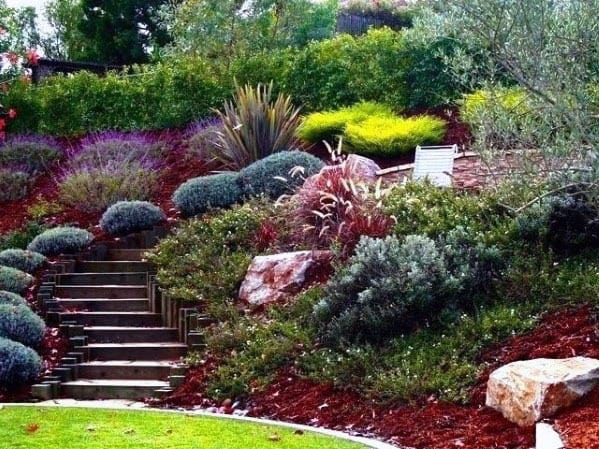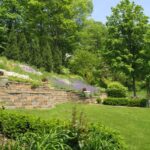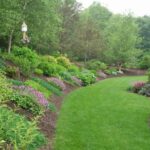Landscaping a hill can be a challenging but rewarding project that can transform the look and feel of your outdoor space. The unique topography of a hill offers opportunities for creating interesting and dynamic landscapes that can enhance the beauty and functionality of your property.
One of the key considerations when landscaping a hill is erosion control. Hills are prone to erosion due to water runoff, so it’s important to implement measures such as terracing, retaining walls, and plantings to prevent soil erosion. Terracing involves creating multiple levels or step-like structures on the hill to help slow down water runoff and allow for better absorption of water by the soil. Retaining walls are also commonly used to hold back soil and prevent erosion, while adding visual interest to the landscape.
Another important aspect of landscaping a hill is choosing the right plants. Plants that are well-suited for hillside planting are those that have extensive root systems to help stabilize the soil and prevent erosion. Groundcovers such as creeping juniper, periwinkle, and ivy are excellent choices for covering slopes and preventing soil erosion. Grasses and shrubs with deep root systems, such as ornamental grasses and butterfly bushes, can also help stabilize the soil on a hillside.
Incorporating hardscaping elements such as pathways, stairs, and seating areas can also enhance the aesthetic appeal and functionality of a landscaped hill. Pathways can help guide visitors and provide access to different areas of the hill, while stairs can make navigating steep slopes easier and safer. Adding seating areas such as benches or outdoor seating areas can create a cozy and inviting spot to enjoy the view from the hill.
When designing a landscaping plan for a hill, it’s important to consider the overall aesthetics and style of your property. Choosing plants, materials, and colors that complement the existing architecture and landscaping can help create a cohesive and visually appealing outdoor space. Incorporating elements such as boulders, rocks, and ornamental grasses can add texture and interest to the hillside, creating a dynamic and visually appealing landscape.
Maintaining a landscaped hill requires ongoing care and attention to ensure the plants thrive and the soil remains stable. Regular watering, pruning, and weeding are essential for keeping the plants healthy and vibrant. Monitoring soil erosion and making necessary adjustments to terraces, retaining walls, and plantings is also important for preserving the integrity of the hillside landscape. With proper planning and maintenance, a landscaped hill can become a beautiful and functional feature of your outdoor space.
















